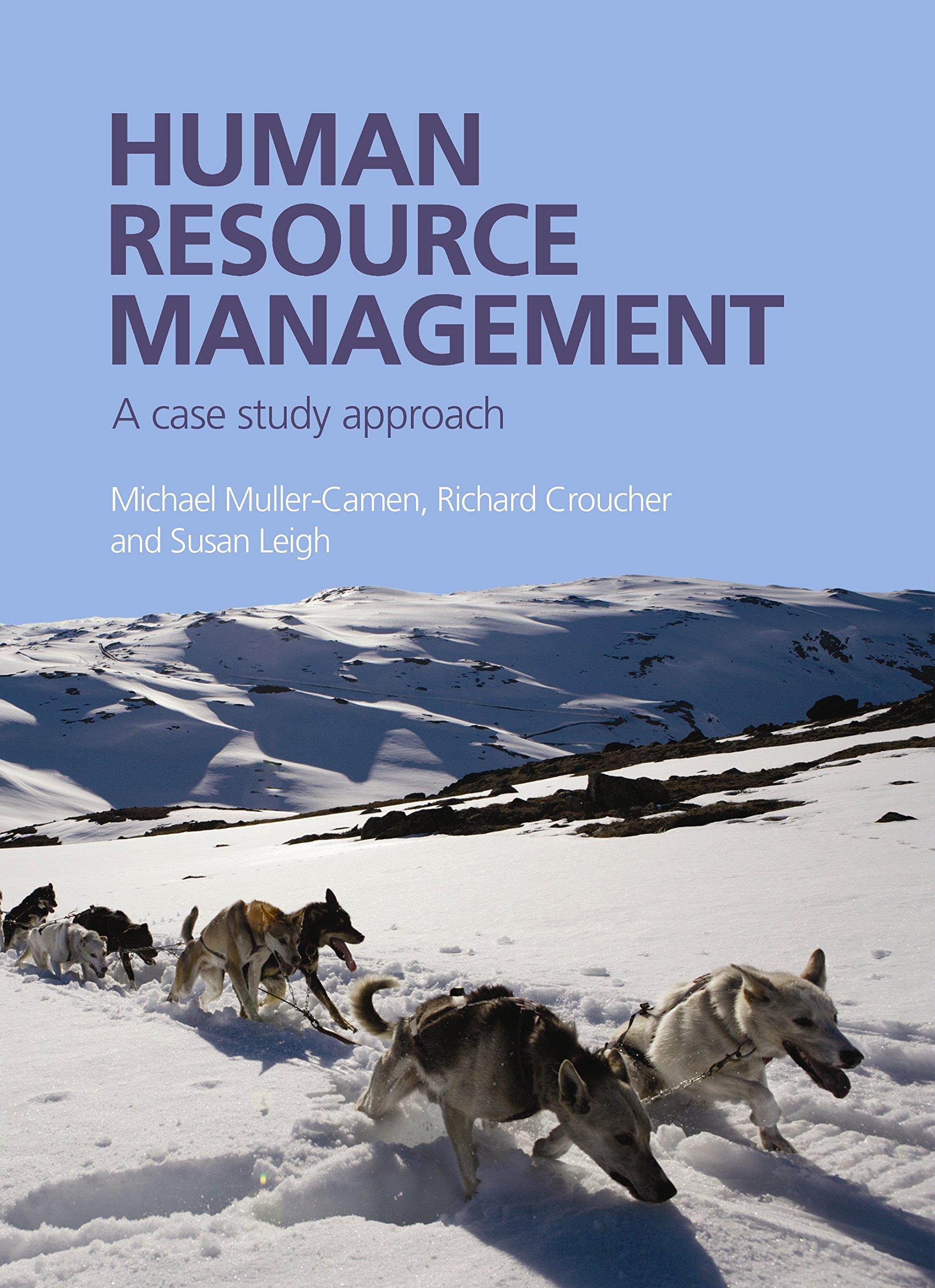Pharmaco was originally part of a large British pharmaceutical and chemical company which, as a result of
Question:
Pharmaco was originally part of a large British pharmaceutical and chemical company which, as a result of strong competitive pressures in the 1990s, undertook a major organisational change programme.
This led to a number of divisions and plants being sold off, plant closures and hundreds of job losses. The remains of the company were taken over in a hostile bid in 1995 by a large foreign-owned pharmaceutical multinational (Drugco) which closed one of the two sites and transferred product development from the closing site to the remaining site. In the 18 months following the takeover £18m was invested in Pharmaco.
Following the takeover there were some 950 people employed on the site, including 100 employees in chemical operations
(manufacture of the basic constituents of the drugs), 300 employees in pharmaceutical operations (manufacturing and packaging processes), 100 employees in industrialisation (where new ideas were developed to an initial production stage) and 122 people in quality control. The rest were split between materials management and warehousing. Approximately 300 of the employees are union members.
Within chemicals there was a considerable degree of uncertainty about how activities would develop in the future. With the loss of patent protection for one of the company’s leading drugs and increased competition from producers of generic drugs, discussion had been underway for some time as to whether or not to complete all the process themselves or buy some of it in from elsewhere. A new chemical facility was being built on the site and when it was completed several changes to traditional job organisation were envisaged, particularly in relation to the role of shift manager which was to be replaced by that of ‘enhanced team leader’ who would report directly to the plant manager.
In the pharmaceuticals area a new stateof-
the-art production facility with ‘highspeed’
filling and packing lines had been installed. Originally it had been announced that only the ‘best and most effective people’ would move to the new facility and that people would have to apply for their own jobs, but with the arrival of the new director of pharmaceutical operations
(following the takeover) a decision was taken to transfer as many of the existing staff as possible to the new facility. The new pharmaceutical facility, like the new chemical facility, was likely to utilise new methods of work organisation..........
Questions
In analysing the case you are asked to address the following questions:
1. How would you describe the management style of Pharmaco? How well do you think that Pharmaco’s HRM strategy supports its business strategy?
2. What accounts for the differences between the views of employees in industrialisation,
pharmaceuticals and chemicals about working for Pharmaco?
3. What, if any, steps did Pharmaco take towards implementing Greenhalgh’s three strategies? Why did the company act in this way?
4. In what circumstances is a company likely to take steps to minimise the impact of feelings of job insecurity on its workforce? How important are job security, employee involvement and employee commitment to the successful introduction of new working practices?
Step by Step Answer:

Human Resource Management A Case Study Approach
ISBN: 9781843981657
1st Edition
Authors: Michael Müller-Camen, Richard Croucher, Susan Rosemary Leigh





